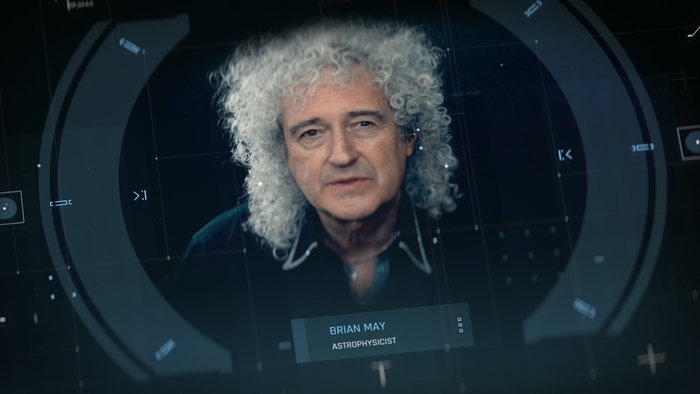Brian May investigates the origin of the asteroids. For Queen's astrophysicist guitarist, the goal is to understand, through computer simulations of collisions between celestial bodies, how these cosmic stones were formed, which in some cases can be a threat to Earth. Thanks to this information, strategies can be developed to defend the planet from a possible cosmic impact. The first data are published in the journal Nature Communications by the group coordinated by Patrick Michel, of the French Observatory of the French Riviera.
The study is part of the Hera mission of the European Space Agency (ESA), scheduled for 2024 and whose aim is to study the possibility of deviating the trajectory of an asteroid potentially on a collision course with the Earth. Hera will be the first mission to visit the Didymos system, consisting of two asteroids that rotate around each other: the main one as big as a mountain and a smaller companion the size of the pyramid of Giza. "Hera will revolutionize our knowledge of asteroids and how to protect us from these celestial bodies by showing us things we've never seen before," notes Brian May.
"One of the possibilities we have is to change their trajectory: a very complicated undertaking," continues the guitarist of Queen. “In fact, we must aim for a target of a few hundred meters in the middle of millions of kilometers of emptiness. But unlike dinosaurs, we humans have the benefit of scientific knowledge on our side. "
The first stage of the mission will be the impact, at speeds over six kilometers per second, of NASA's Dart probe on the smallest asteroid of the Didymos system. Then it will be the turn of Hera, who will draw a map of the impact crater and measure the mass of the asteroid. The next step will be the release by Hera of a pair of mini-satellites, the so-called CubeSats, as big as shoe boxes, which will fly like small drones on Didymos, with the possibility of also resting on its surface.
“Hera will provide us with valuable information on the real possibility of intervening to deflect the trajectory of an asteroid. In this way - concludes May - if we were to find a celestial body on a collision course with Earth, we would be prepared ”.

